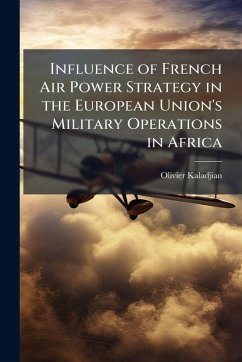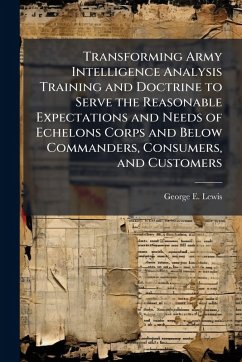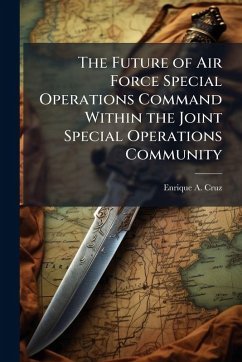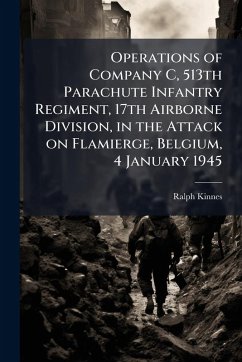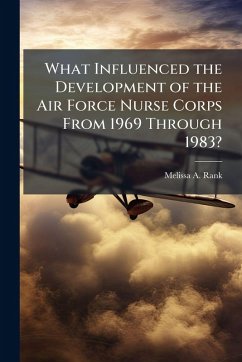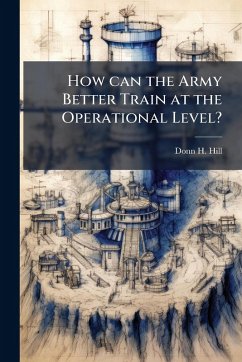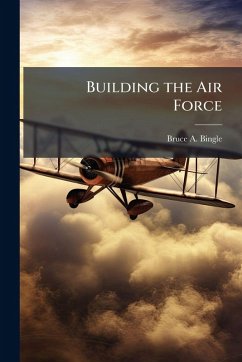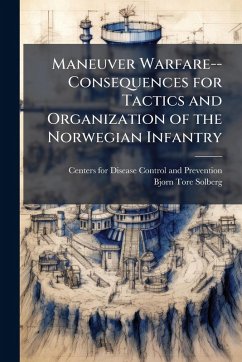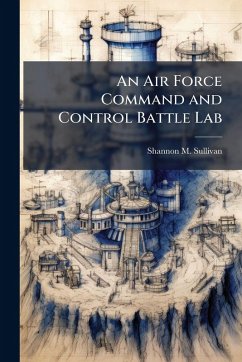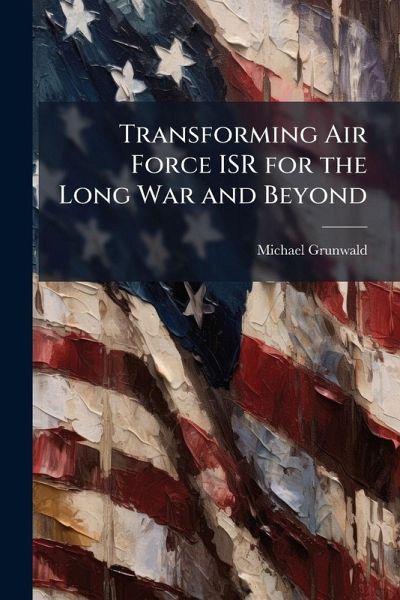
Transforming Air Force ISR for the Long War and Beyond
Versandkostenfrei!
Versandfertig in über 4 Wochen
14,99 €
inkl. MwSt.
Weitere Ausgaben:

PAYBACK Punkte
7 °P sammeln!
The Air Force, and more specifically the J/CFACC, firmly believes air power must operate under the twin tenets of centralized control and decentralized execution in order to be effective. The Cold War ushered in an era of centralized execution of airborne strategic ISR operations that bled into theater-level ISR execution in the 1990s and through Operations ENDURING FREEDOM and IRAQI FREEDOM. This execution construct, coupled with ISR reachback exploitation, have created a perception that theater-level ISR operations are not responsive to tactical situations. Physical distances between the ope...
The Air Force, and more specifically the J/CFACC, firmly believes air power must operate under the twin tenets of centralized control and decentralized execution in order to be effective. The Cold War ushered in an era of centralized execution of airborne strategic ISR operations that bled into theater-level ISR execution in the 1990s and through Operations ENDURING FREEDOM and IRAQI FREEDOM. This execution construct, coupled with ISR reachback exploitation, have created a perception that theater-level ISR operations are not responsive to tactical situations. Physical distances between the operational environment, CAOC, and exploitation units have fostered a sense of distrust and removed critical insight and ISR expertise from tactical level planning and execution. In order to maintain ISR relevancy at the tactical level, the J/CFACC must change its tactical ISR organization and execution methodology. This paper draws on well-established CAS doctrine and organizational models to build new ISR organizational and execution constructs to bridge the gap between theater-level ISR assets and tactical operations. These models bind ISR asset, exploiter, CAOC, and the supported unit together through face-to-face interactions and standardized processes that apply across any theater of operations or combatant command. This work has been selected by scholars as being culturally important, and is part of the knowledge base of civilization as we know it. This work was reproduced from the original artifact, and remains as true to the original work as possible. Therefore, you will see the original copyright references, library stamps (as most of these works have been housed in our most important libraries around the world), and other notations in the work. This work is in the public domain in the United States of America, and possibly other nations. Within the United States, you may freely copy and distribute this work, as no entity (individual or corporate) has a copyright on the body of the work. As a reproduction of a historical artifact, this work may contain missing or blurred pages, poor pictures, errant marks, etc. Scholars believe, and we concur, that this work is important enough to be preserved, reproduced, and made generally available to the public. We appreciate your support of the preservation process, and thank you for being an important part of keeping this knowledge alive and relevant.



